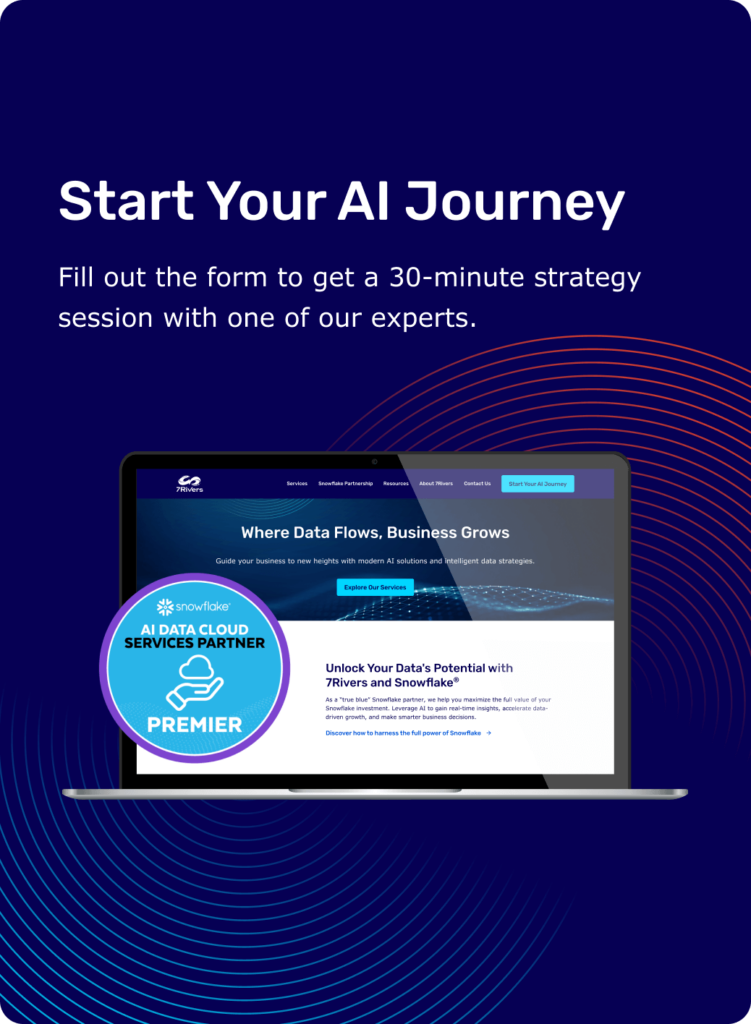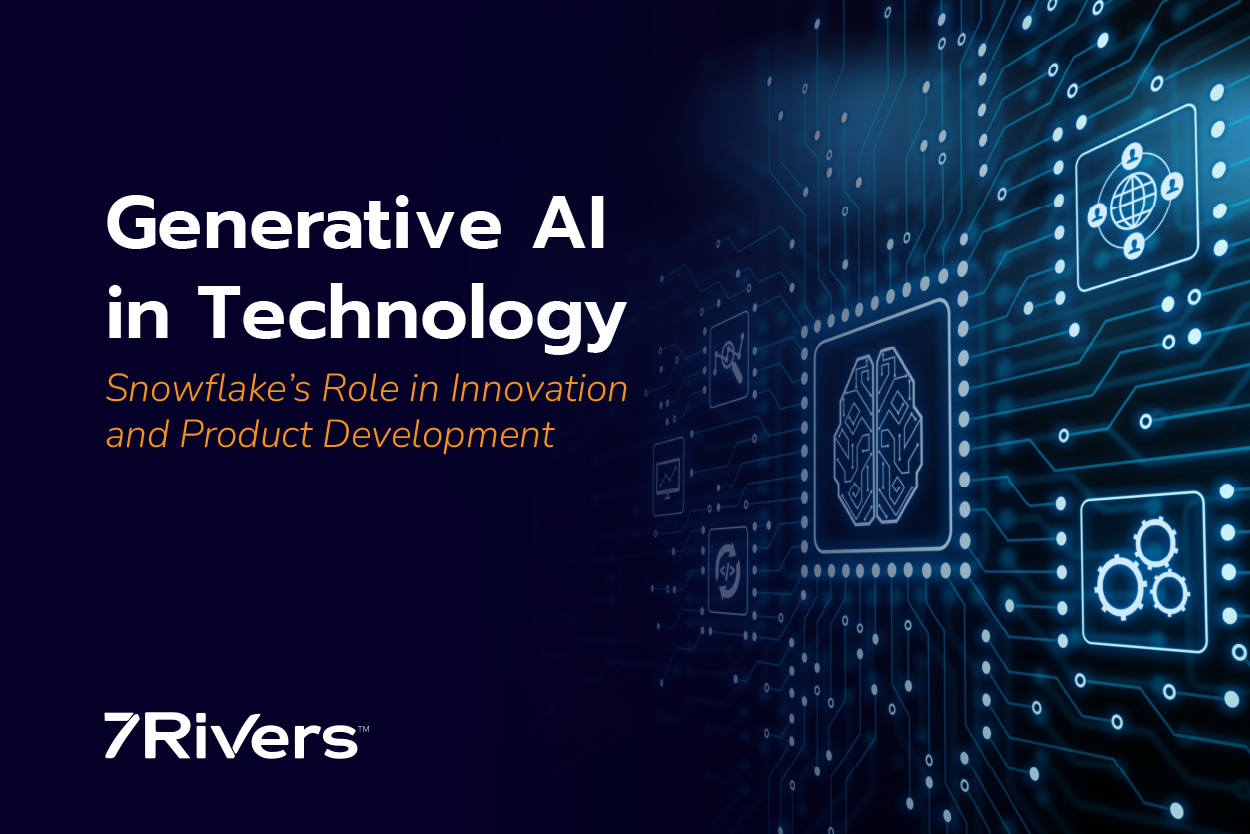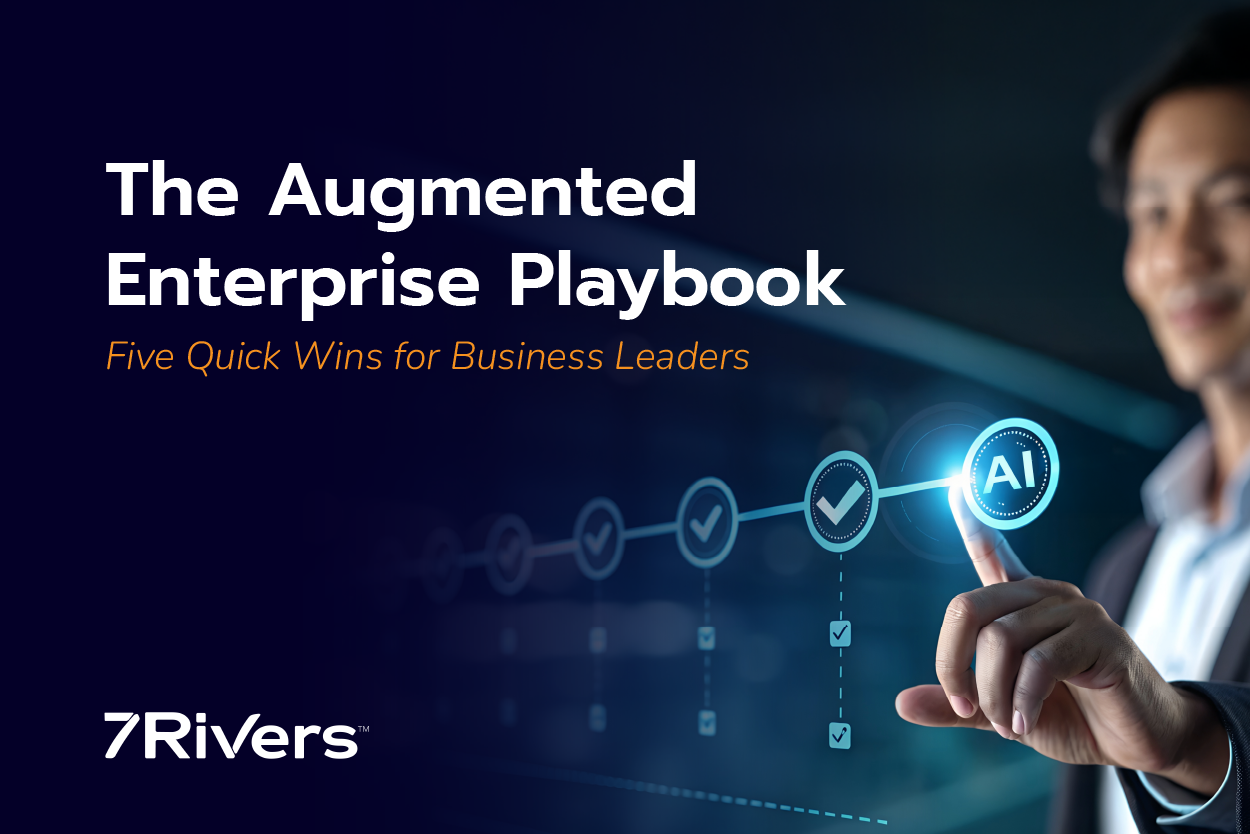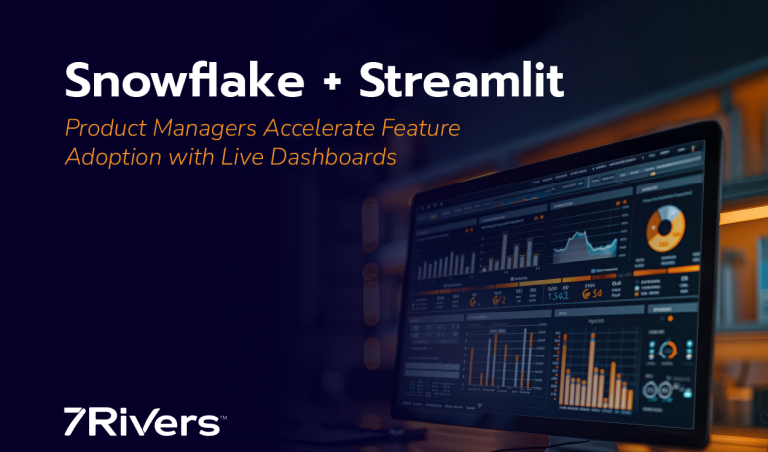Artificial Intelligence (AI) is no longer confined to research and development labs or innovation pilots—it’s now an essential capability for competitive, forward-looking businesses. As companies push to become more adaptive, efficient, and insight-driven, AI is acting as both a catalyst and a compass. It’s powering a new kind of organization: the Augmented Enterprise.
Let’s explore how AI is reshaping business strategy, operations, and culture—and offer a practical roadmap for leaders ready to build AI into the core of how their organizations think, move, and grow.
What Is an Augmented Enterprise?
An Augmented Enterprise is one that blends human insight and AI capabilities to drive smarter decision-making, automate repetitive tasks, and continuously adapt to change. It’s not about replacing people—it’s about enabling them to work differently.
In an Augmented Enterprise, AI is embedded into critical workflows, from forecasting and supply chain optimization to customer engagement and talent development. The goal isn’t just digitization—it’s transformation at scale, built on a data-native foundation and aligned to real business outcomes.
Becoming an Augmented Enterprise doesn’t happen overnight. It requires rethinking data strategy, modernizing infrastructure, and fostering a culture of experimentation and learning.
Step 1: Build a Data Native Foundation
AI thrives on data—but not just any data. To unlock its potential, organizations need a clean, connected, and cloud-ready data foundation. This means moving beyond fragmented systems and legacy warehouses to platforms that support real-time ingestion, scalable analytics, and secure data collaboration.
Modern cloud data platforms like Snowflake enable a unified architecture where structured and unstructured data can be processed, enriched, and accessed by AI systems. With the right governance and modeling, data becomes a reusable asset—not just for reporting, but for automation, prediction, and augmentation.
The Data Native™ approach centers around this idea: treat data as a strategic input, not a byproduct. It’s the first step in activating AI across the enterprise.
Step 2: Identify High-Value Use Cases
AI works best when applied to targeted, high-impact business issues. Start by mapping critical business domains—such as customers, operations, finance, or supply chain—and identifying where bottlenecks, inefficiencies, or unmet opportunities exist.
Look for use cases that are:
- Repetitive and rules-based (ideal for automation)
- Data-rich and outcome-driven (suitable for prediction)
- Collaborative and insight-intensive (benefit from augmentation)
From churn prevention and demand forecasting to intelligent contract analysis, these use cases provide proof points for value while creating momentum for broader transformation.
The key is not just in the technology, but in aligning AI to tangible business goals—accelerating decisions, improving accuracy, and increasing agility.
Step 3: Embed AI Into the Flow of Work
AI delivers the most value when it’s integrated directly into business workflows, not siloed in tools or dashboards. That could mean deploying copilots to assist knowledge workers, automating quality checks on the manufacturing floor, or using predictive models to guide frontline decision-making.
Enterprise-ready AI solutions—like large language models fine-tuned on internal data—can surface insights, generate content, and support decisions in real time. They reduce cognitive load and enable teams to focus on higher-value, strategic work.
To do this effectively, organizations must design AI-infused applications with user experience in mind. The focus should be on enabling—not overwhelming—the people using them.
Step 4: Create Feedback Loops and Iterate
The Augmented Enterprise is a learning enterprise. AI models evolve through usage, feedback, and refinement. Embedding monitoring, human-in-the-loop validation, and continuous model retraining ensures relevance and trust over time.
Governance is critical. Transparent, auditable AI systems help organizations maintain control, reduce risk, and comply with emerging regulations. Equally important is change management: guiding teams through adoption, building trust in recommendations, and creating space for experimentation.
The most effective organizations treat AI initiatives not as projects, but as living systems—iterated upon, evaluated continuously, and scaled responsibly.
Step 5: Scale with Purpose
Once early wins are achieved, it’s time to think bigger. Scaling AI means building reusable components—data pipelines, model frameworks, application patterns—that can be deployed across business units and functions.
It also means investing in talent: upskilling teams, recruiting hybrid thinkers, and creating cross-functional squads that bring together engineering, data science, and business expertise.
Ultimately, scaling AI isn’t about technology alone—it’s about organizational readiness. The Augmented Enterprise is one where every team is empowered by data, every process is an opportunity for intelligence, and every decision is faster, better informed, and more aligned to the future.
The Road Ahead: From Insight to Impact
Becoming an Augmented Enterprise isn’t a one-time initiative—it’s a transformation journey. It requires foundational shifts in how data is managed, how decisions are made, and how people work. But with the right approach, the payoff is real: faster innovation, improved resilience, and smarter, more adaptive operations.
At 7Rivers, we help business leaders navigate this evolution with confidence—guiding strategy, modernizing infrastructure, and delivering real-world AI applications. Whether you’re just getting started or ready to scale, we’re here to make the journey real.
Let’s chart the course to your augmented future—together.








